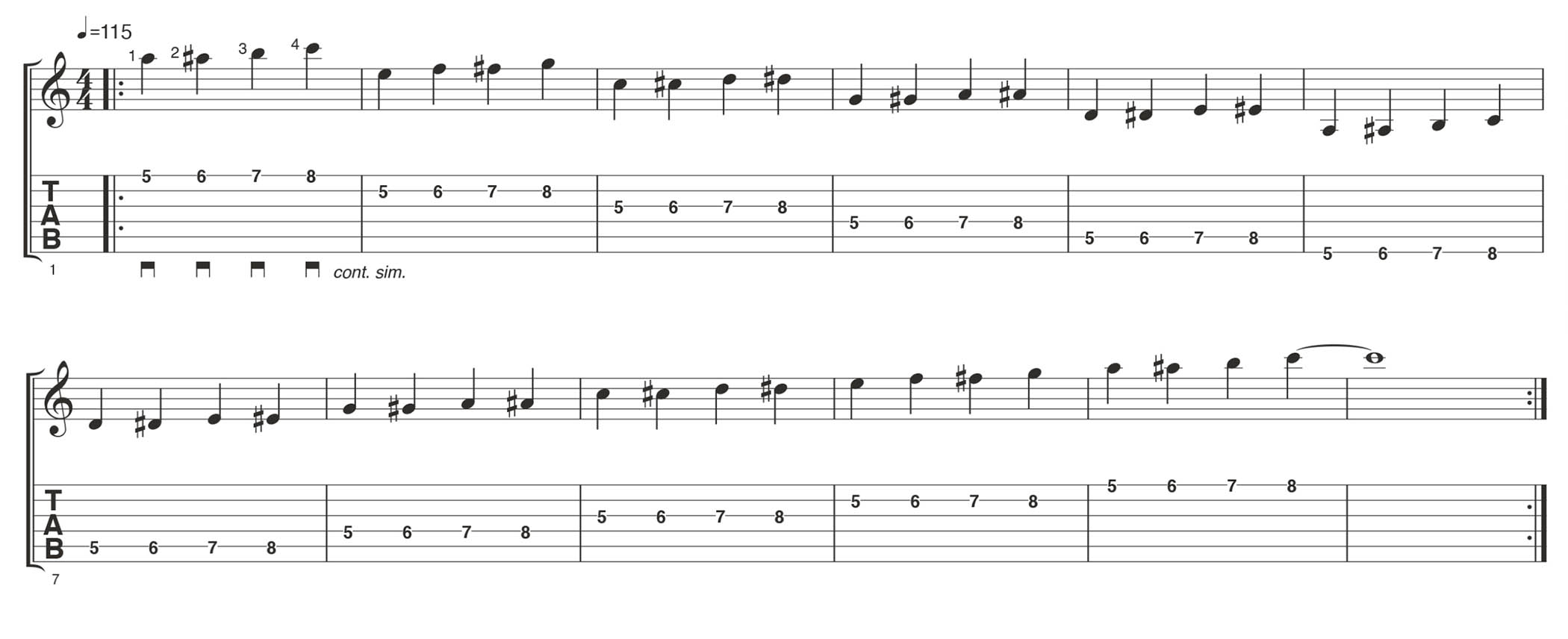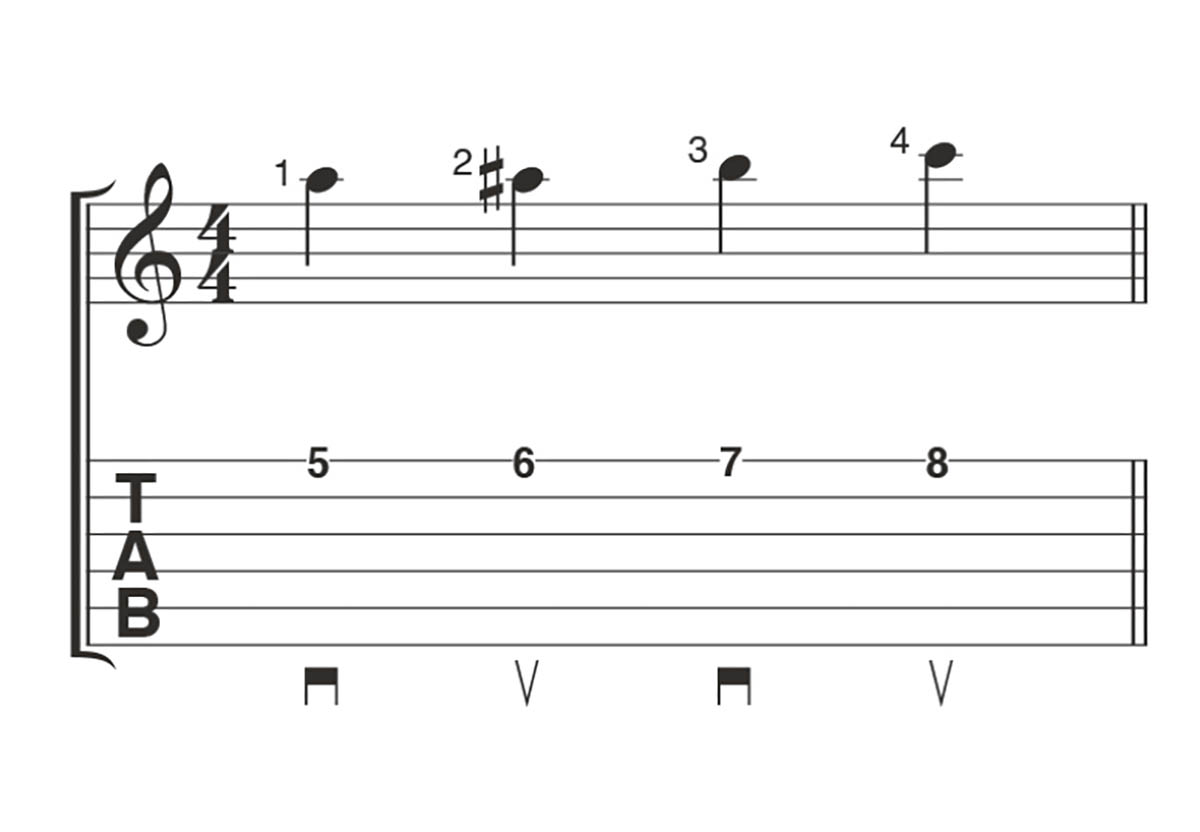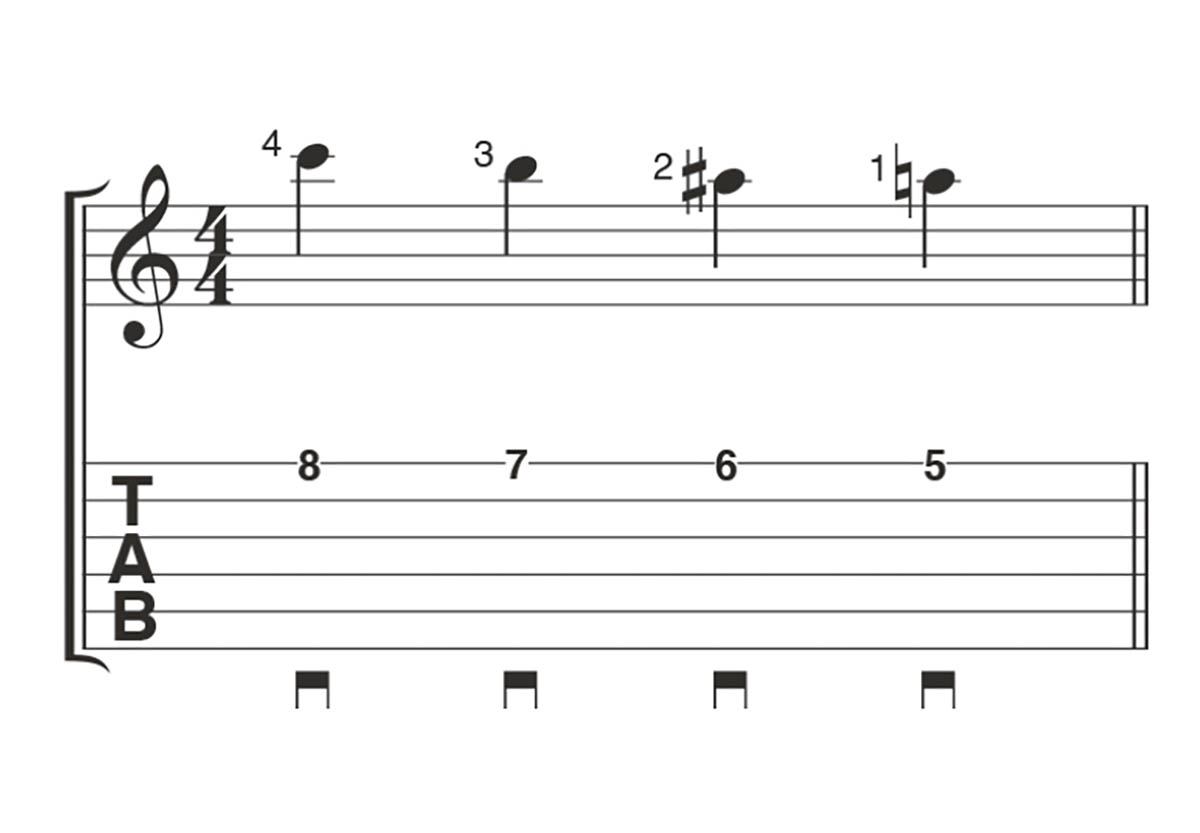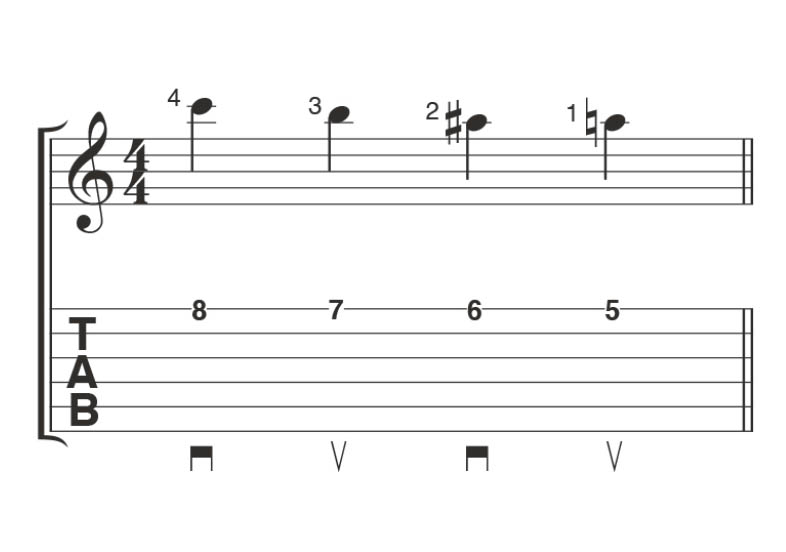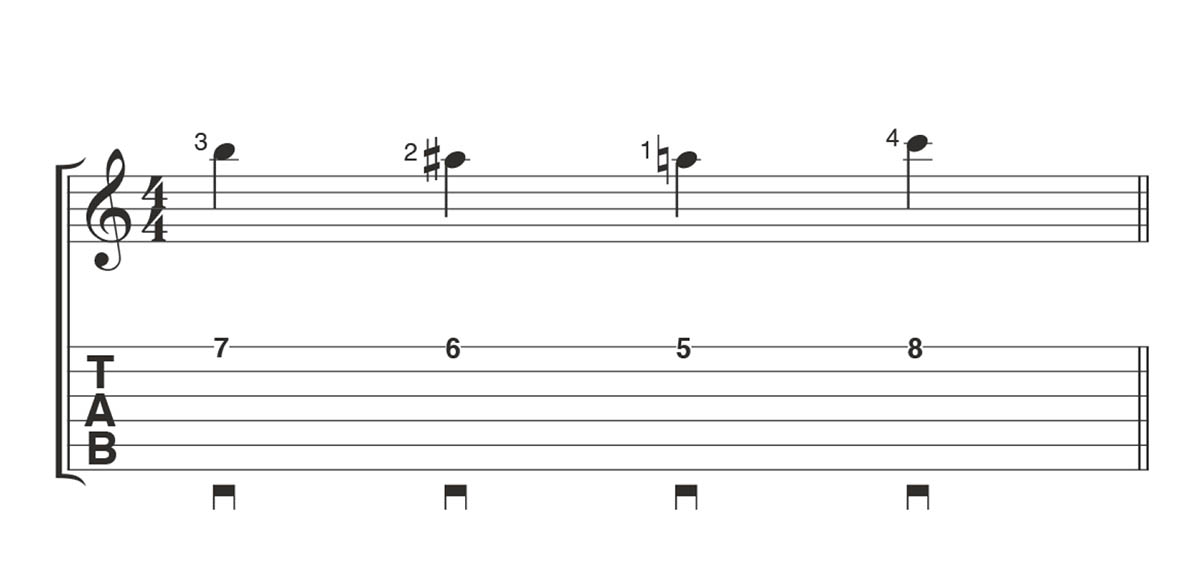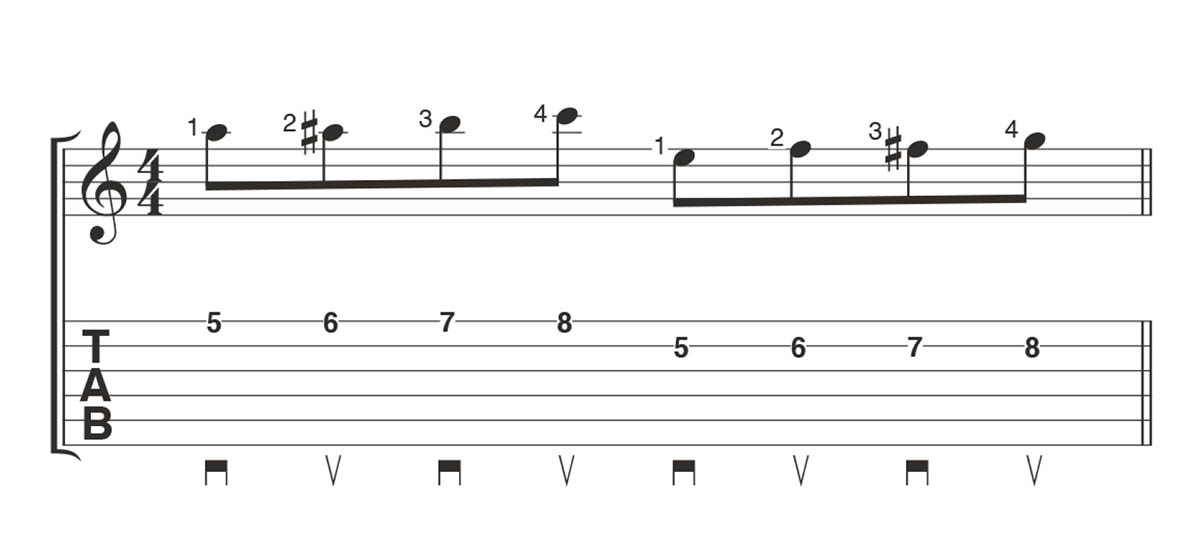The spider exercise is one of the most popular guitar warm-ups for a reason – it will improve your speed and finger independence with just a few minutes’ practice per day
Also known as the ‘1-2-3-4’ workout, this warm-up routine will get your fingers operating independently, and build your speed on the instrument

The thought of repetitive exercise doesn’t fill us with joy, but that’s about to change here. It’s obvious that finger strength and dexterity is vital for guitarists.
Everything you play depends on those dancing digits doing exactly as they’re told. Unfortunately, often, our fingers aren’t always as nimble as we need – and this is where the 1-2-3-4 workout (aka the spider exercise) comes in.
This simple idea spreads your fretting fingers over four adjacent frets, and you play one note after the other. You have four fingers – ‘1-2-3-4’.
Even if you’re a seasoned guitarist, it’s worth trying the exercise out. You can also use it as an awesome warm-up exercise, and just a few minutes each day is enough to see serious improvement.
The workout is all about precision and focus, and these are our top tips: stay close to the fret-wire when you play a note; don’t let your fingers drift away from the fretboard; keep your wrist straight and fingers parallel to the frets; and always practise at a fixed tempo.
Full disclosure: you won’t be serenading your family and friends with this one – but no pain, no guitar gains!
Example 1. 1-2-3-4 downstrokes
Let’s start as simply as possible, going in sequence (fingers 1, 2, 3 and 4) using downstrokes. Once you get to 4 on the first string, move across to the second string and start back at 1.
All the latest guitar news, interviews, lessons, reviews, deals and more, direct to your inbox!
Repeat this all the way to the sixth string, then back again, continuing playing the 1-2-3-4 sequence. All the subsequent examples are played down and up across all six strings, but we’ve only tabbed the first bar of each to save space.
Example 2. 1-2-3-4 alternate picking
This is the same sequence now played with alternate picking (down, up, down, up). Practise slowly and focus on accurate timing and even dynamics.
Example 3. 4-3-2-1 downstrokes
Here, we reverse the pattern, starting with the fourth finger at the 8th fret. Your pinkie may take on a mind of its own, so keep it close to the fretboard!
Example 4. 4-3-2-1 alternate picking
You should be getting into the swing of things by now, as, once again, we switch to alternate picking with the 4-3-2-1 pattern.
Example 5. Mix it up
A great way to keep this exercise fresh is by selecting a random order of notes – this gives us tons of possible variations. Using a 3-2-1-4 pattern, begin with your third finger on the 7th fret.
Example 6. Pick up the pace
Increasing speed is the final step! Either push the tempo of your metronome up slightly, or, if you’re feeling really brave, double up from quarter notes to eighth notes as we’ve done here.
Karl Kerfoot is Head of Education at Pickup Music and a renowned touring guitarist who has played with bands such as Lord Huron and Albert Hammond Jr. of The Strokes. Years of playing and teaching have given him a unique insight into guitar learning.

